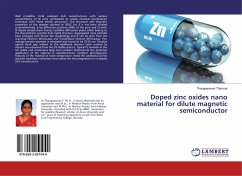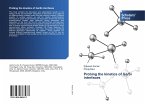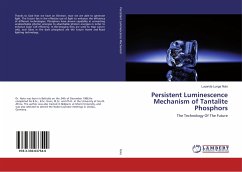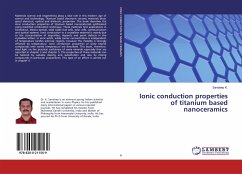In the present work, the electronic structure and the molecular distributions of four ILs on metal surfaces are discussed. A combination between two anions (which are [TfO] and [Tf2N]) and two cations (which are [EMim] and [BMP]) lead to a formation of [EMIm][TfO], [EMim][Tf2N], [BMP][TfO] and [BMP][Tf2N] ILs. As metal substrates Ti, Ni and Au were chosen. By using spin-coating a thin (2 mim) and ultrathin (approx. 10nm) ILs layers were achieved, which were subsequently studied by X-ray Photoelectron Spectroscopy. The stability of [Tf2N] anion based ILs depending on temperature was also shown in this work. Moreover, the stability of all used in this work ILs during the X-ray monochromatic radiation was studied.
![A Study of [TfO] and [Tf2N] Based Ionic Liquids - Baronov, Aleksandr A Study of [TfO] and [Tf2N] Based Ionic Liquids - Baronov, Aleksandr](https://bilder.buecher.de/produkte/57/57016/57016842n.jpg)






